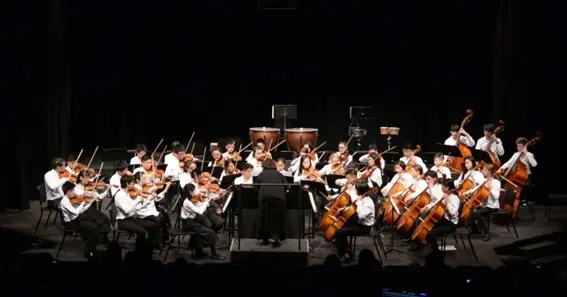When was Hungarian Dance arranged by Merle J. Isaac published? While exact dates can vary in different music library archives, many sources point to the late 1960s through the early 1970s, with 1970 often referenced as the date when Merle J. Isaac’s version was first widely published by Belwin (later part of Alfred Publishing). Merle J. Isaac’s adaptation of Johannes Brahms’s Hungarian Dance—most commonly Hungarian Dance No. 5—continues to be a favorite among student and community orchestras alike, thanks to its lively energy and accessible scoring.
Background of Brahms’s Hungarian Dances
Johannes Brahms (1833–1897) wrote the original set of Hungarian Dances between 1869 and 1880, drawing inspiration from traditional Hungarian (often Romani) folk melodies. Among the 21 dances, Hungarian Dance No. 5 quickly became the most famous for its catchy themes and spirited tempo changes.
When Merle J. Isaac took on the task of adapting it for school and community orchestras, he sought to preserve Brahms’s robust, dance-like quality while making the parts practical for a wide range of ensembles. Isaac’s work has allowed generations of musicians to engage with one of the most iconic romantic-era showpieces in a setting that’s enjoyable yet educational.
Also Read : Challenges with Zoom Binoculars
Publication and Key Features
- Likely Release Date:
- Circa 1970 under the Belwin Mills label (later part of Alfred Publishing). Some references also cite an initial release in the late 1960s, but 1970 is a commonly accepted publication date.
- Arranger’s Signature Style:
- Merle J. Isaac was known for creating orchestrations that remain faithful to the spirit of the original work while ensuring playability for student-level ensembles.
- Instrumentation:
- Isaac’s arrangement often comes in full orchestra or string orchestra versions, sometimes with optional parts to accommodate different performance settings.
- Educational Utility:
- The piece helps develop technical fluency (spiccato, fast passagework), dynamic contrast, and ensemble coordination—making it a staple for festivals and school concerts.
Also Read : Addressing Squelch Tail Noise on the Yaesu FT-991A: Tips and Techniques
When Was Hungarian Dance Arranged by Merle J. Isaac Published?
To restate the focus keyword question: When was Hungarian Dance arranged by Merle J. Isaac published? Drawing from various music catalogs (such as those on WorldCat and archival publisher data), the consensus points to 1970 (though some references place it slightly earlier, in the late 1960s). Ever since this publication, Isaac’s arrangement has featured prominently in orchestra libraries across North America and beyond.
Why This Arrangement Remains Popular
- Faithful Adaptation: Isaac captures Brahms’s signature flair and drama, allowing younger ensembles to experience the Romantic style without overly complex technical demands.
- Audience Appeal: Hungarian Dance is instantly recognizable, making it a crowd-pleaser at concerts and competitions.
- Flexibility: Multiple versions exist, enabling school orchestras or community ensembles of different skill levels to perform it successfully.
- Performance Practice: The arrangement offers an excellent introduction to stylistic nuances like rubato, sudden tempo shifts, and articulation challenges, all hallmarks of Romantic-era music.
FAQs
- Who composed the original Hungarian Dance?
Johannes Brahms composed a set of Hungarian Dances, with No. 5 being the most famous. Merle J. Isaac later arranged it for educational orchestras. - What level of orchestra is Isaac’s arrangement suited for?
Typically suited for intermediate to advanced middle school or high school groups, though it’s also performed by community orchestras looking for a lively staple. - Where can I find the sheet music?
Music retailers like JW Pepper, or publishers under the Alfred umbrella, often stock Isaac’s arrangement of Hungarian Dance. - How does Isaac’s arrangement differ from the original orchestration?
Brahms originally wrote these dances mostly for piano four-hands, with orchestral versions later published. Isaac’s arrangement simplifies certain passages and adapts orchestration for educational ensembles. - Are there multiple Hungarian Dances by Brahms arranged by Isaac?
Yes, but the arrangement of Hungarian Dance No. 5 is by far the most commonly performed and widely available.










